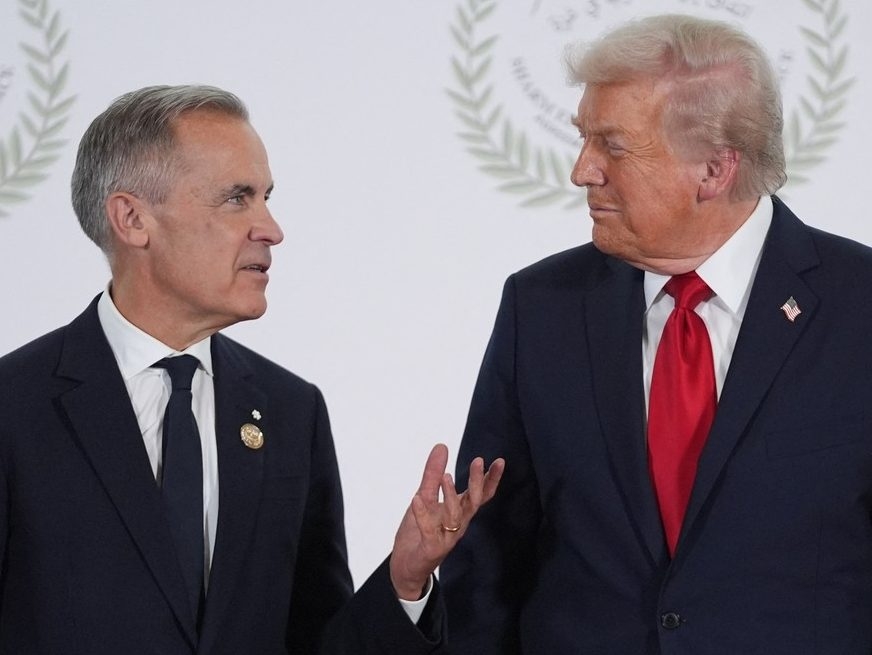A newly revealed memo details the strategic preparation for a delicate conversation between Prime Minister Mark Carney and then-U.S. President Donald Trump following Carney’s election victory. Federal officials meticulously crafted talking points, anticipating potential friction points and equipping Carney to navigate a potentially volatile exchange.
The memo, obtained through access to information requests, reveals concerns over Trump’s likely focus on border security, the flow of fentanyl, and Canada’s defence spending. Officials understood Trump’s tendency to revisit past grievances and prepared Carney to proactively address these issues, aiming to steer the conversation towards a constructive path.
The official summary of the April 29th call paints a picture of cordiality, noting Trump’s congratulations and a mutual agreement to collaborate as sovereign nations. However, the internal memo suggests a far more cautious approach was anticipated, recognizing the potential for Trump to quickly shift the tone.

Carney was advised to emphasize a pre-existing agreement to negotiate a new economic and security partnership, urging Trump to begin discussions before the upcoming G7 summit. The goal was to establish a framework for collaboration and demonstrate Canada’s commitment to a mutually beneficial relationship.
The memo specifically prepared Carney for potential accusations regarding fentanyl, instructing him to firmly state that Canada was not the source of the opioid crisis plaguing the United States. Officials wanted Carney to highlight Canada’s aggressive efforts to curb even trace amounts of the drug crossing the border.
Beyond fentanyl, the document addressed the issue of border security, advising Carney to point out that pressures existed in both directions. He was to emphasize that illegal drugs, firearms, and migrants flowing north also posed significant challenges for Canada, framing border security as a shared responsibility.
Anticipating a demand for increased defence spending, Carney was coached to express agreement with the principle of NATO allies contributing more, while simultaneously committing to accelerate Canada’s progress towards the two per cent GDP target. This proactive stance aimed to preempt criticism and demonstrate Canada’s willingness to shoulder its share of the burden.
The envisioned Canada-U.S. deal, however, has yet to materialize. Recent attempts to resolve tariffs on Canadian steel and aluminum have stalled, and trade talks were abruptly halted following a dispute over an anti-tariff advertisement by the Ontario government.
The memo underscores the complex dynamics at play during this period, revealing the careful calculations and strategic planning undertaken to manage a relationship with a leader known for unpredictable behavior and a willingness to challenge established norms. It offers a rare glimpse behind the scenes of high-stakes international diplomacy.
Ultimately, the document highlights the delicate balance required to navigate a relationship with a powerful neighbor, emphasizing the importance of proactive communication, clear messaging, and a willingness to address concerns head-on – all while safeguarding national interests.





